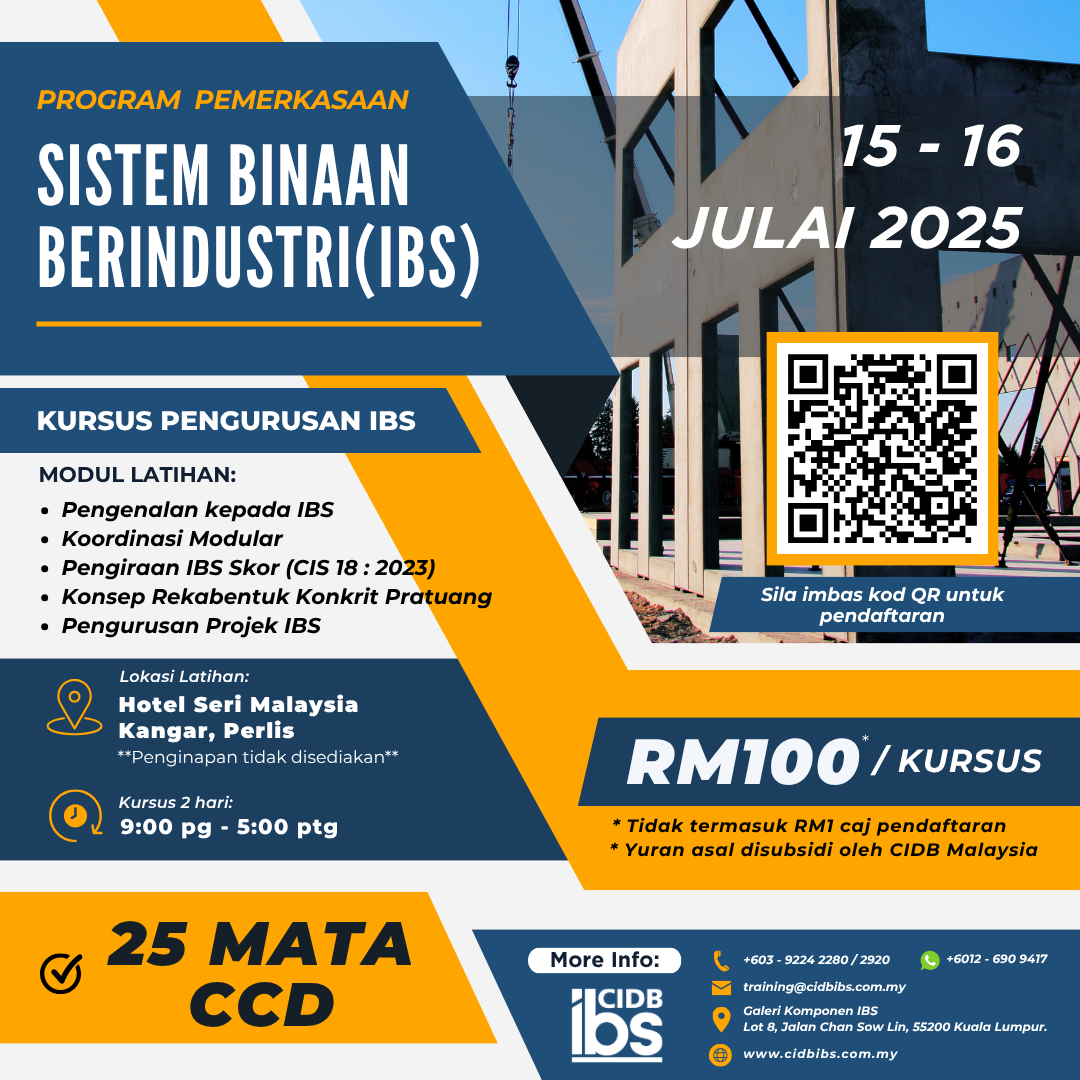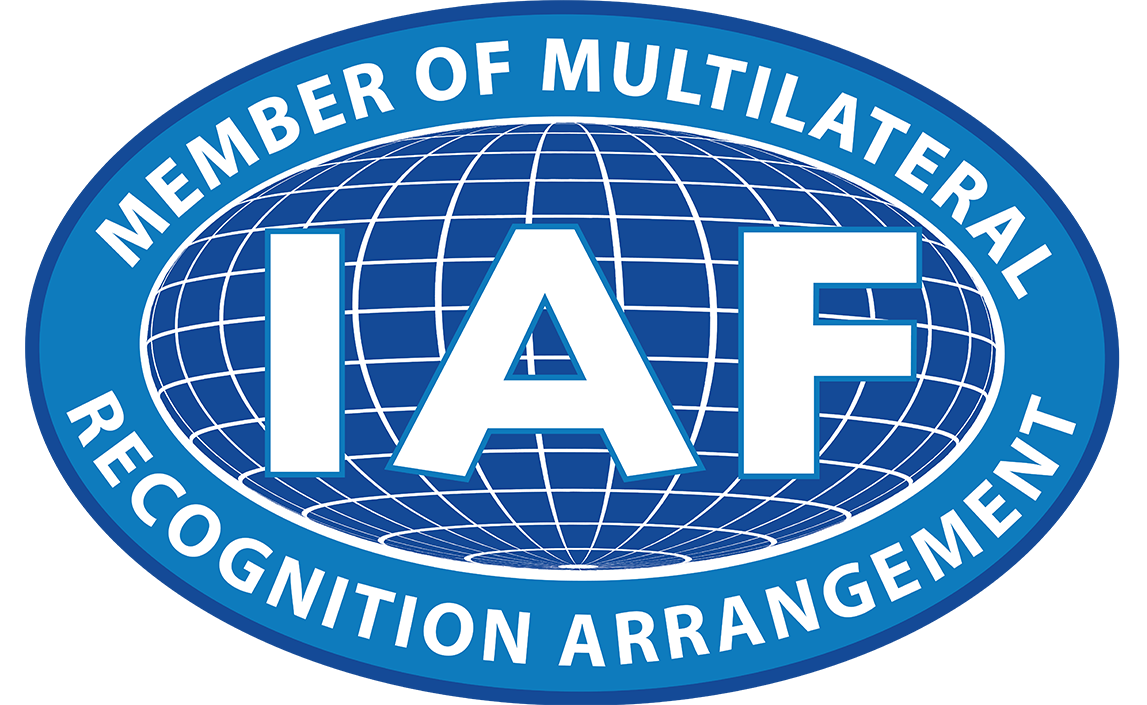The construction industry, like many others, may be considering additional requirements and steps to help protect workers from SARS-CoV-2, the virus that causes COVID-19. This novel coronavirus is currently believed to spread from person to person when an infected person’s respiratory droplets, perhaps from coughing, sneezing or talking, land in others’ eyes, nose or mouth. The CDC indicates that being within 6 feet for more than 15 minutes of an infected person’s respiratory emissions increases others’ chances of receiving enough virus to potentially be infected. Another possible route of infection is airborne transmission. According to the CDC, “there is evidence that under certain conditions, people with COVID-19 seem to have infected others who were more than 6 feet away.” Another route, though not thought to be the main way the virus spreads, is contact with infected surfaces and then touching the eyes, nose or mouth.
Many internationally recognized organizations such as OSHA, WHO, the European Agency for Safety and Health at Work (EU OSHA), American Industrial Hygiene Association (AHIA) and the CDC have also published updated guidance.
The CDC, OSHA, and AIHA have created guidance specifically addressing the construction industry. Key points from the CDC guidance for construction include:
- Encourage sick workers to stay home.
- Encourage workers who are well with sick family members to follow CDC precautions.
- Limit close contact with other people.
- Develop and implement a social distancing plan to maintain at least 6 feet of separation.
- Clean and disinfect frequently touched objects, including shared tools, machines, vehicles, ladders, portable toilets, etc.
- Limit tool sharing.
- Practice proper hand hygiene.
- Provide training on symptoms, risks for severe illness.
- Provide proper training on handwashing and make available hand washing stations or hand sanitizer with at least 60 perent strength alcohol.
- Encourage the use of face coverings in addition to social/physical distancing. Note that face coverings do not replace respiratory protection, where hazards dictate respirator use.
— OHSOnline | 1 December 2020










